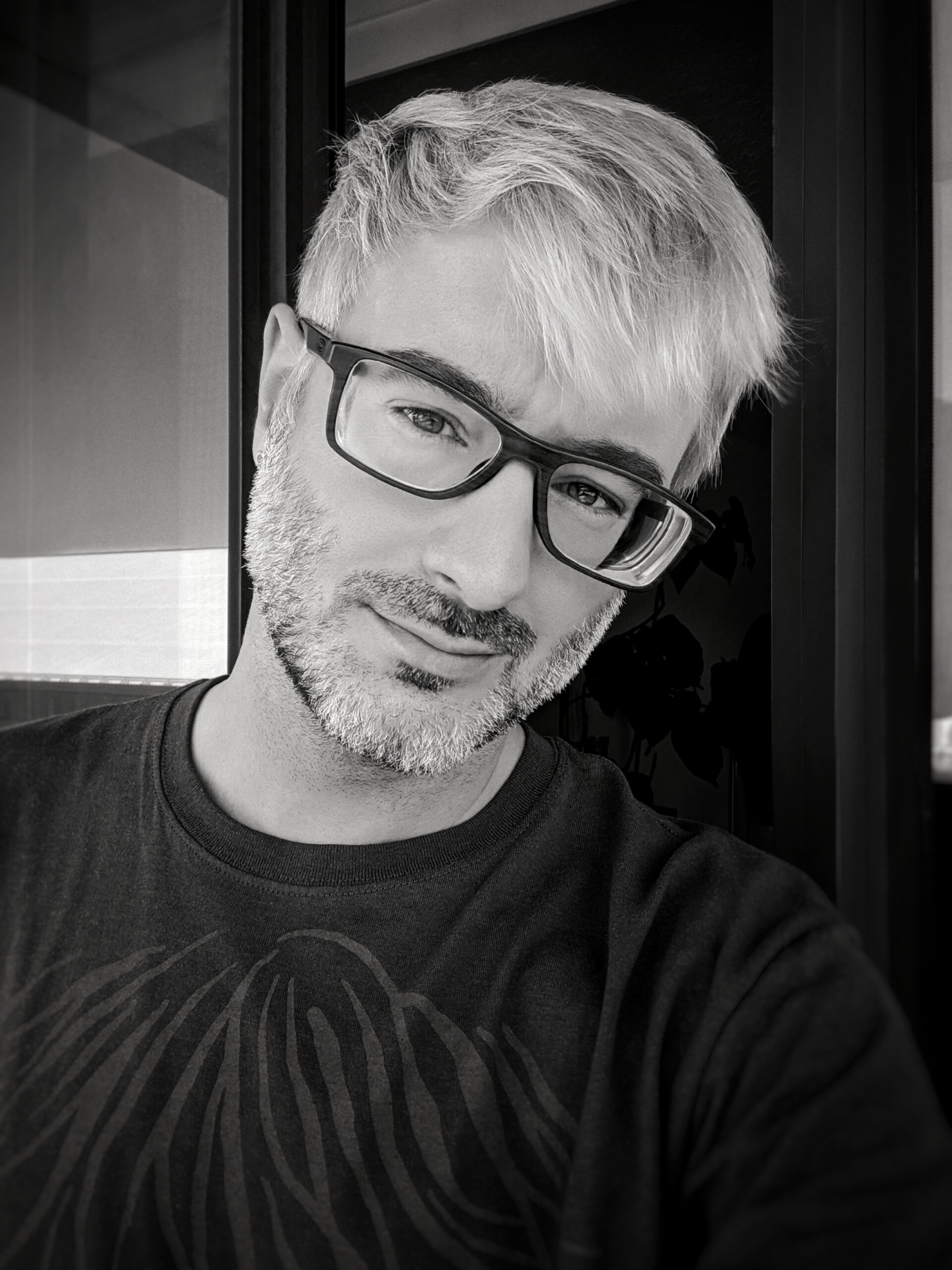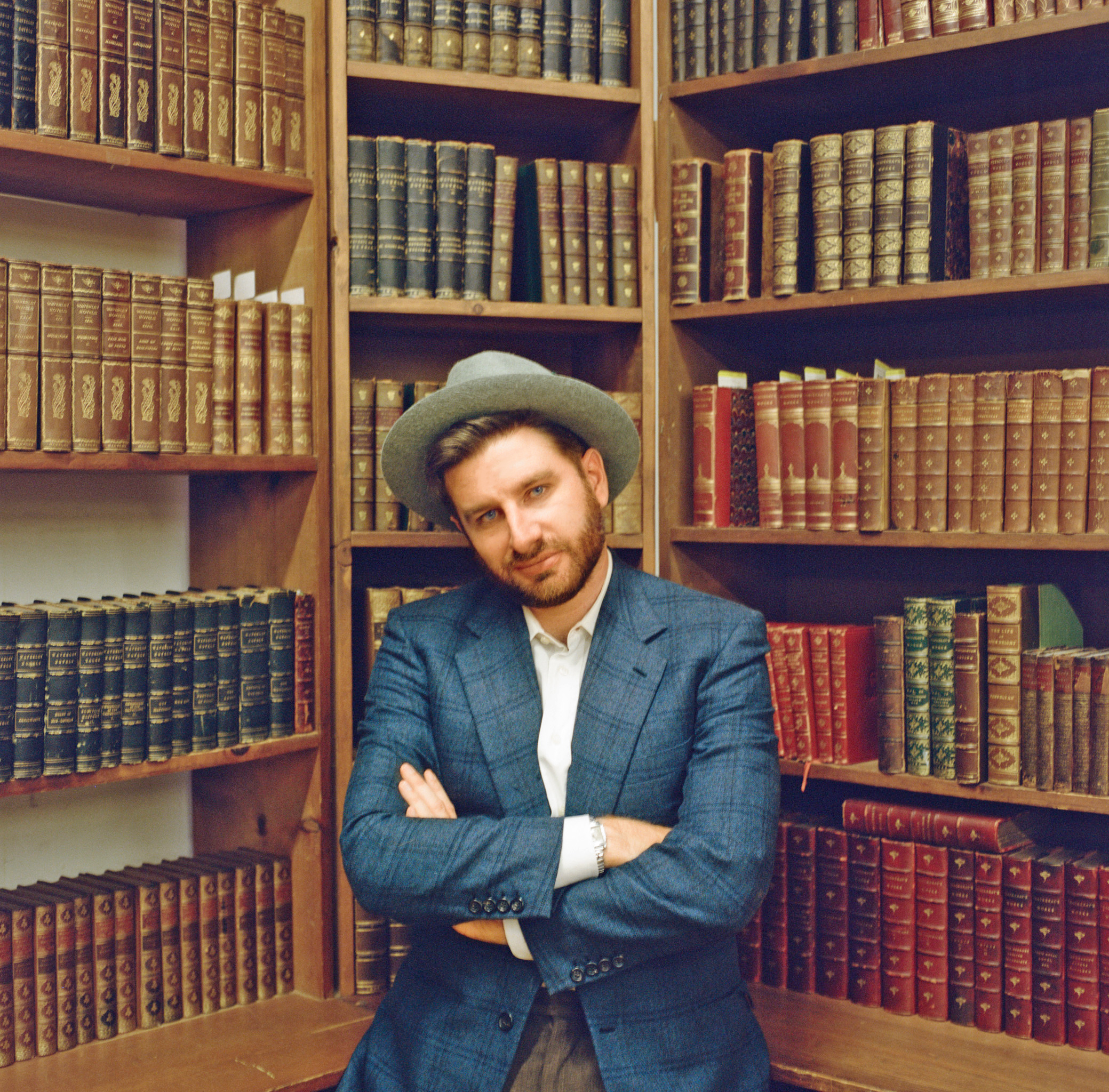
by Jason Kivela | Mar 14, 2023 | Blog
G’day! I’m Shaun Simpson, a nerdy photographer from Halifax, Nova Scotia – on the East Coast of Canada; my preferred pronouns are he/him. 🙂 I can be found @ShaunTheShooter on most platforms, or via my social links site at: http://shauntheshooter.ca/ First of...

by Michele Kirichanskaya | Jan 30, 2023 | Blog
B.A. Van Sise is an internationally-known photographer and the author of the visual poetry anthology Children of Grass. His visual work has previously appeared in the New York Times, Village Voice, Washington Post and Buzzfeed, as well as major museum exhibitions...




